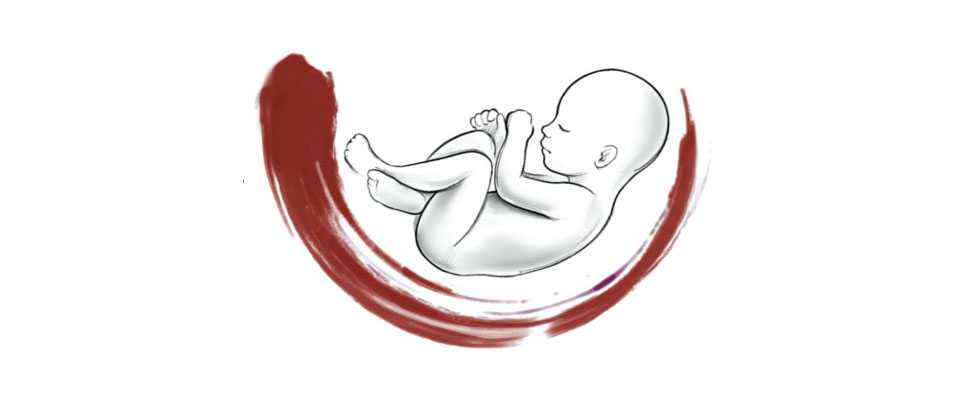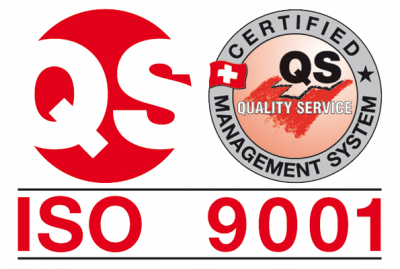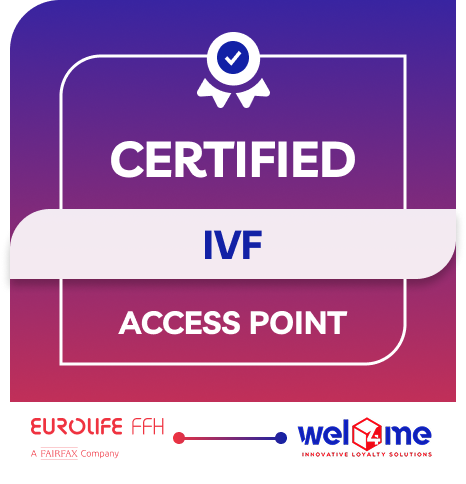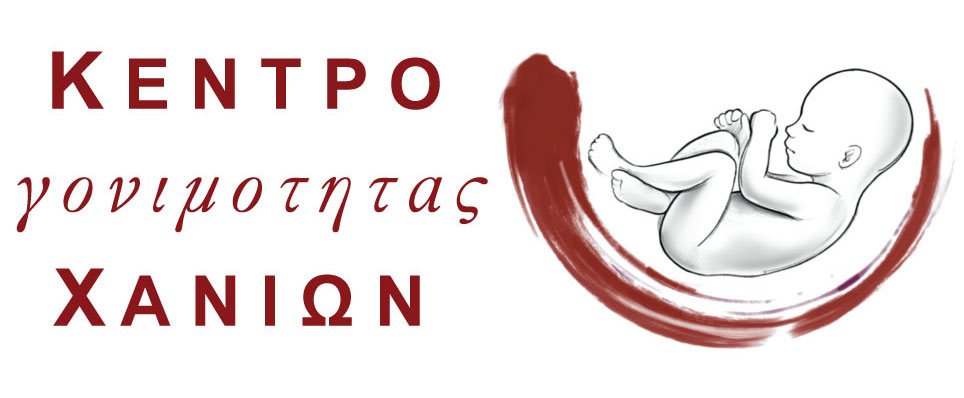
Egg Donation
Egg donation is a fertility procedure where an anonymous donor donates her eggs to a recipient woman in order to conceive.
Egg donation in vitro fertilization (IVF) involves a straightforward process. Donor eggs are obtained and fertilized outside the female recipient’s body.
The donor eggs are fertilized using either the patient’s partner’s sperm or donor sperm from a Sperm Bank. A few of the fertilized embryos are then placed in the recipient’s uterus. This allows for their normal development.
Chania Fertility Unit’s fertility experts can assist in your the egg donation journey. Dr Matthaios Fraidakis and his 35 year experience in the field of human assisted reproduction can help you answer any questions you may have regarding egg donation.
How Donating Eggs Works
Egg donation allows a woman with no other options to achieve her dream of becoming a mother.
As egg donation is an altruistic act, the recipient cannot choose or bring her own donor. Likewise, the donor cannot receive payment for her contribution. For legal reasons, donor confidentiality is always maintained.
What stages and when is egg donation recommended?
- Loss of ovarian functionality
- Repeatedly miscarrying
- Genetic anomalies that make using one’s own eggs inappropriate
- Previously failed attempts at in vitro fertilization
- Women in their later years or going through menopause
- Inadequate response to ovarian stimulation during IVF or premature ovarian failure
Stage 1: The Donor’s Selection and Assignment
The doctor is responsible for selecting the egg donor. They ensure the donor is as compatible as possible, matching the recipient’s and her family’s physical and immunological traits. Each donor is between eighteen and thirty-five years old, fully competent, and in good mental and physical health. Donors undergo extensive medical and gynecological exams. They also have comprehensive genetic marker testing to guarantee their health.
Stage 2: The Recipient’s Entomological Preparedness
Hormone replacement therapy is used to prepare the recipient’s uterus. Hormone testing and ultrasound imaging are used to track the course of the treatment.
Stage 3: Retrieval of Donor Eggs and Embryo Culture
We shall arrange for the donor’s egg collection to be performed as soon as the proper number of follicles have grown to the optimum size.
The optimal spermatozoid is selected in the laboratory by processing the sperm sample, which may be from the patient’s spouse or partner or from the Sperm Bank. Using either Classic IVF or sperm microinjection (ICSI), which entails injecting a single pre-selected spermatozoid into the cytoplasm of an adult egg, the eggs can be fertilized with spermatozoid.
Stage 4: Test for pregnancy and embryo transfer
The process of embryo transfer involves inserting the best embryos via the vagina into the uterus. It is an outpatient, painless operation that doesn’t involve hospitalization or sedative. It takes around ten minutes and is done in the operating room. The patient will continue taking hormone therapy after the procedure to increase the likelihood that a potential pregnancy would succeed.
Should the patient possess surplus, healthy, viable embryos, they will be cryopreserved (via vitrification), enabling a frozen embryo transfer at a later date. It is possible to do the pregnancy test sixteen days following the donor’s egg retrieval.




